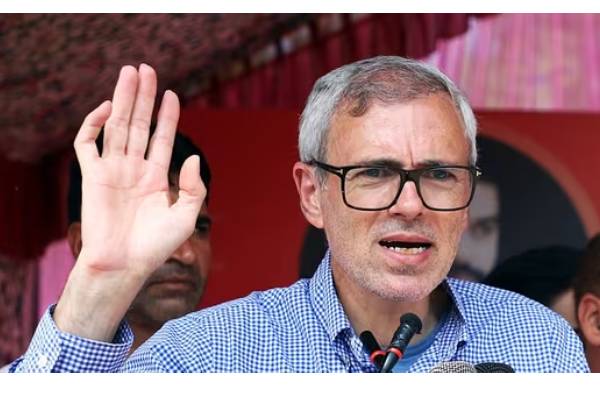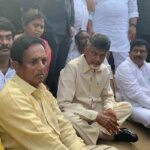The recent elections in Jammu and Kashmir, the first since the removal of Article 370, have delivered unexpected results. Defying exit polls and predictions, the National Conference-Congress alliance emerged victorious, marking a significant shift in the region’s political landscape.
The alliance secured a comfortable majority, with the National Conference winning 42 seats and Congress taking 6. This success is largely attributed to their promise of working towards full statehood for Jammu and Kashmir, a pledge that clearly resonated with voters. In contrast, the BJP, despite an intensive campaign and high expectations, managed to secure 29 seats, all from the Jammu region. The PDP, once a major player, was limited to just 3 seats, possibly due to lingering doubts about their past alliance with the BJP.
In a historic first, the Aam Aadmi Party (AAP) won a seat in the Jammu and Kashmir Assembly. Their candidate, Mehraj Malik, defeated the BJP’s Ghulam Singh Rana in Doda constituency by a margin of 4,538 votes. This breakthrough adds a new dimension to the region’s political spectrum.
The BJP’s performance, falling short of their own high expectations, has raised questions. Despite deploying high-profile campaigners, including Prime Minister Narendra Modi, and making numerous promises, the party struggled to make inroads in Kashmir. Their 29 seats came entirely from the Jammu region, highlighting the challenges they face in bridging the regional divide.
Several factors may have contributed to the BJP’s underperformance. Local issues appear to have taken precedence over national narratives. The strong opposition alliance effectively consolidated anti-BJP votes. Additionally, there seems to have been a desire for change among the electorate.
As Jammu and Kashmir enters this new political era, all eyes are on how the winning alliance will address the region’s unique challenges and aspirations.
-Sanyogita


































